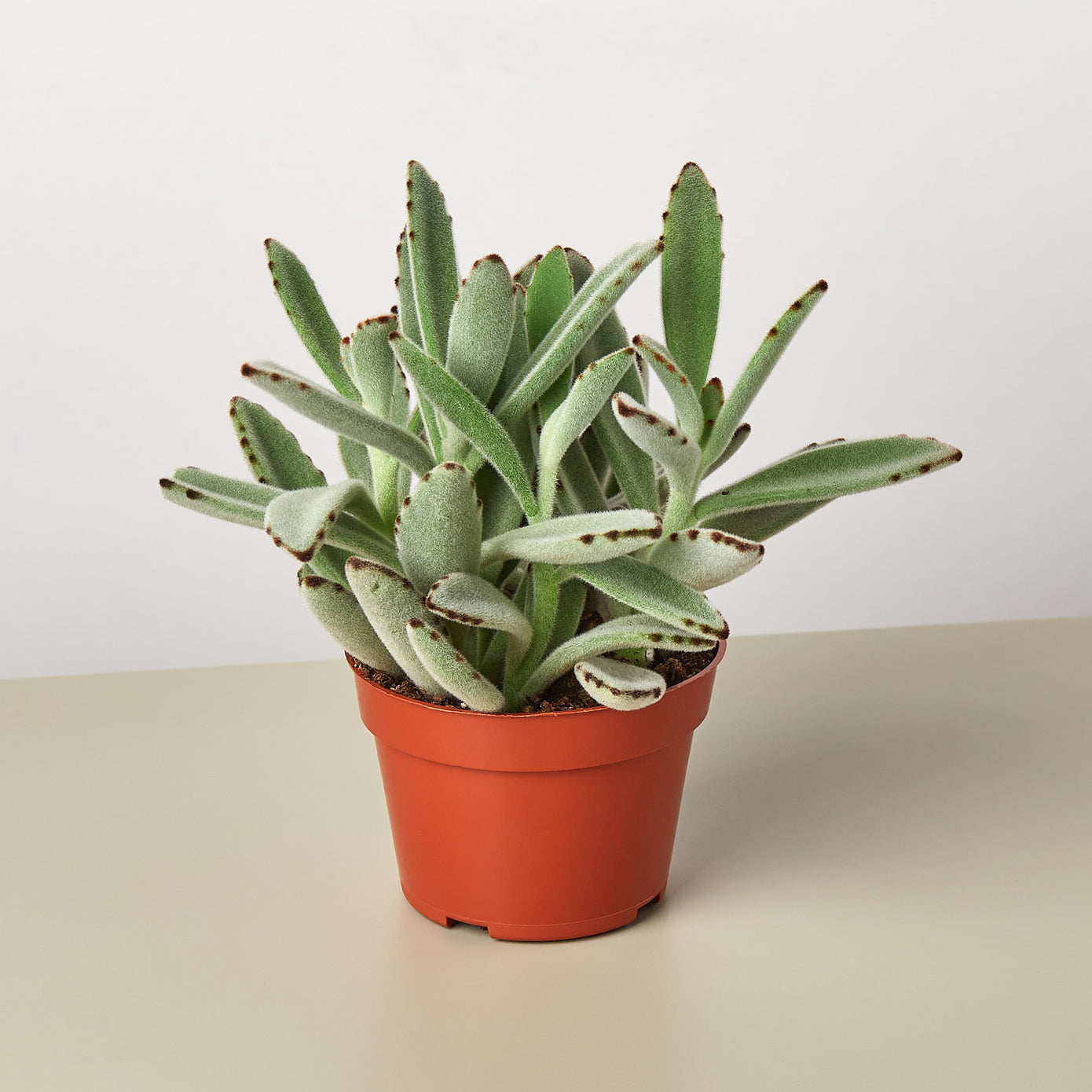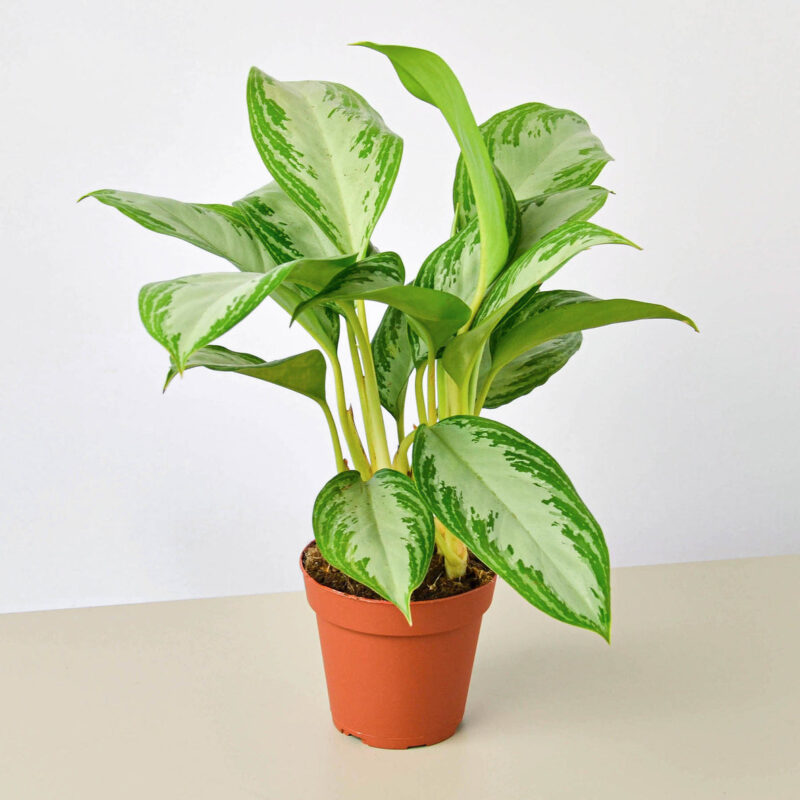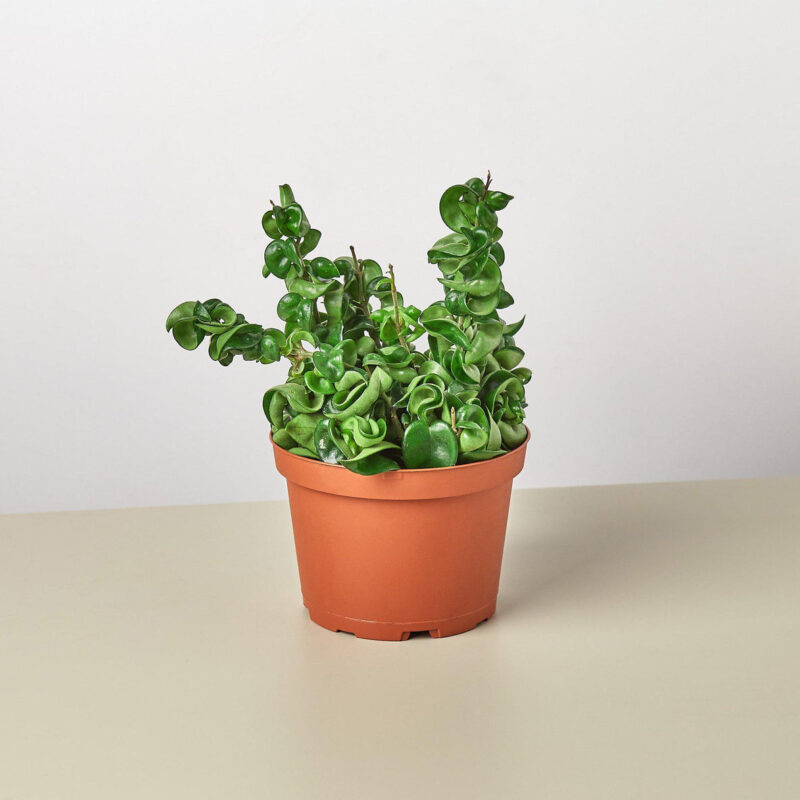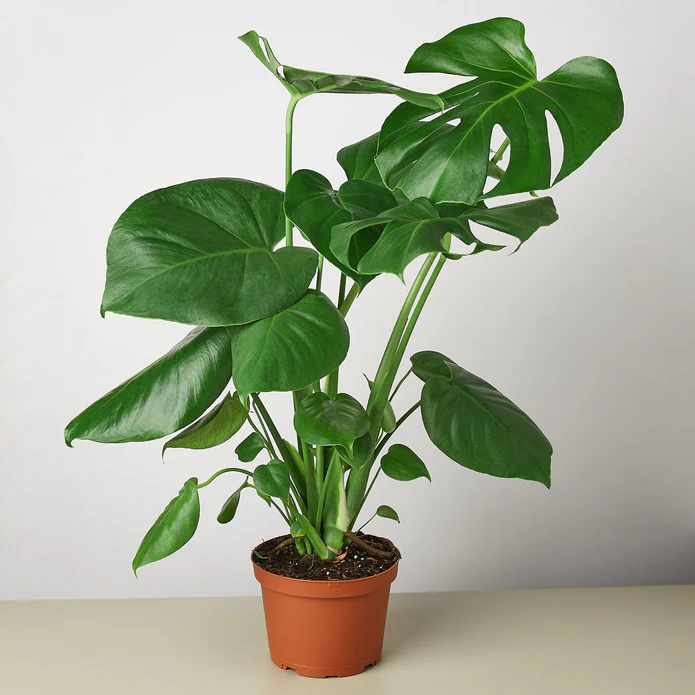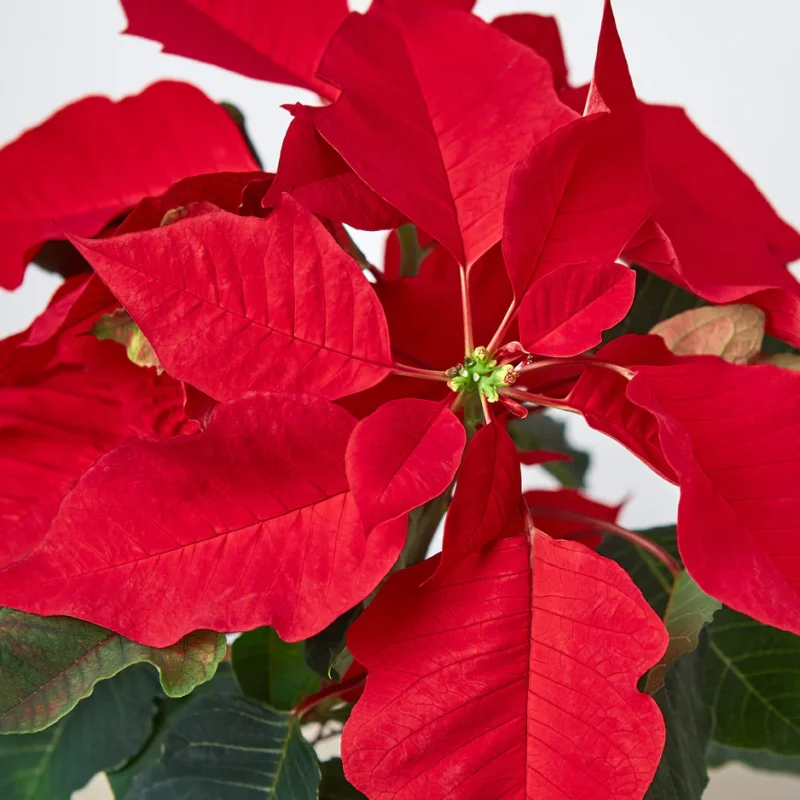Succulent Kalanchoe ‘Panda Plant'
Botanical Name: Kalanchoe tomentosa
Common Name(s): Panda Plant, Plush Plant, Donkey Ears, Chandelier Plant
The Kalanchoe 'Panda Plant' is a charming and unique succulent native to Madagascar. Known for its soft, fuzzy leaves, which resemble the ears of a panda (hence the common name), this plant adds both texture and a touch of whimsy to any indoor garden. Its leaves are thick, silvery-grey to green in color and covered in fine, soft hairs that give them a velvety feel. The edges of the leaves are often tinged with red or brown, especially when exposed to bright light, adding an extra layer of visual interest.
This compact succulent forms rosettes of thick, fleshy leaves, and though it is typically grown as a small bush, it can eventually grow up to 12–18 inches (30–45 cm) tall and wide, making it an excellent plant for smaller spaces, windowsills, or as part of a mixed succulent arrangement. In late winter or early spring, the Succulent Kalanchoe may produce small, tubular, orange or yellow flowers on tall, slender stems, though the plant is primarily grown for its ornamental foliage.
This variety is a low-maintenance succulent, making it perfect for beginners or anyone looking for a hardy, easy-to-care-for plant. It is well-suited to indoor environments, particularly those with plenty of bright, indirect sunlight. Like most succulents, the Panda Plant thrives in dry, well-draining conditions and is highly drought-tolerant, as it stores water in its thick, fleshy leaves. It does best in a warm, sunny spot, such as near a south- or west-facing window, where it can receive several hours of indirect light each day. Too much direct sunlight can cause the leaves to become scorched or sunburned, so it’s best to avoid placing it in direct, intense afternoon sun.
This plant prefers slightly warmer conditions, ideally between 60-85°F (15-29°C). It can tolerate average indoor temperatures but should be kept away from cold drafts or windowsills during winter months. It is not frost-tolerant, so it should be kept indoors during colder seasons if grown in regions with frost or freezing temperatures.
It enjoys dry conditions and can thrive in relatively low humidity, making it well-suited for indoor environments. If the air in your home is very dry, especially during winter, you can increase humidity slightly by placing the plant on a humidity tray or using a room humidifier. However, excessive humidity should be avoided, as this can lead to fungal problems or rot. Pruning is not necessary for Kalanchoe 'Panda Plant' unless you wish to control its shape or size. If you notice any leggy or damaged growth, you can trim the plant to encourage more compact, bushy growth.
Note: The Kalanchoe 'Panda Plant' is non-toxic to pets, making it a safe choice for homes with cats and dogs. However, as with all houseplants, it’s always a good idea to discourage pets from chewing on the plant.
Care Insights & Expert Tips
- Propagate as needed: It can be propagated by stem cuttings or leaf cuttings only when necessary. Allow the cut end to callus for 1-2 days before planting it in well-draining soil.
- Repot every 1-2 years: Repot this plant every 1-2 years or when the plant becomes root-bound. Use a well-draining cactus or succulent mix.
- Fertilize sparingly: Feed your plant with a balanced liquid fertilizer diluted to half strength once or twice a year during the growing season.
- Prune as needed: Prune to remove dead or damaged leaves and to shape the plant.

Visit our plant care library
Find essential tips to keep your plants thriving, vibrant, and healthy.
